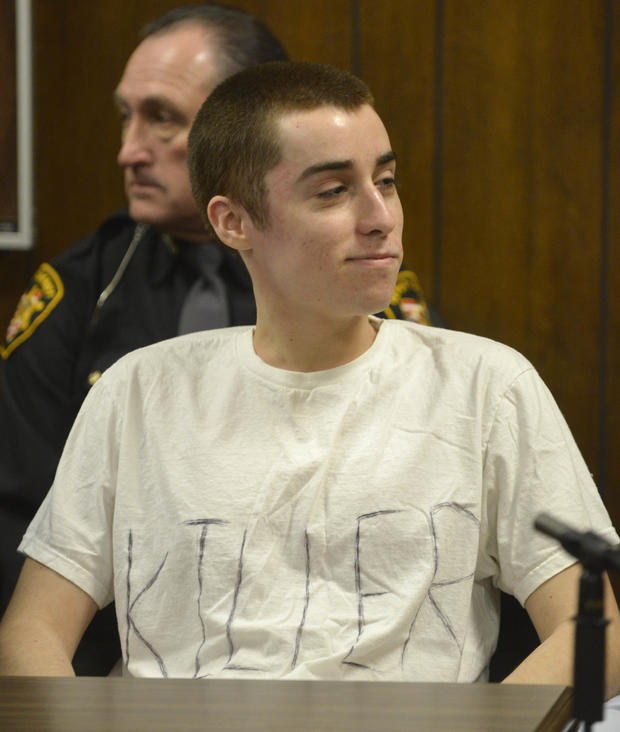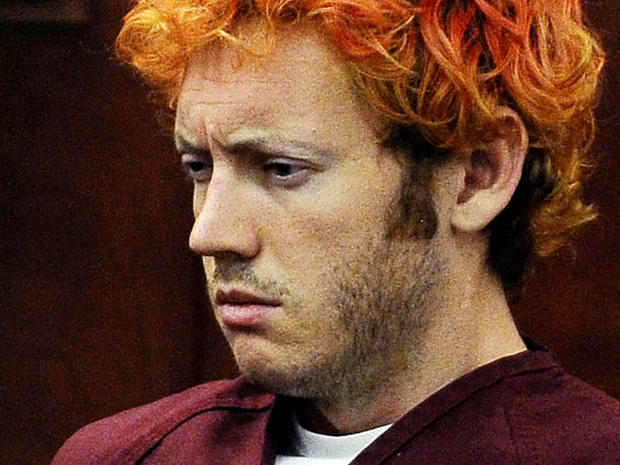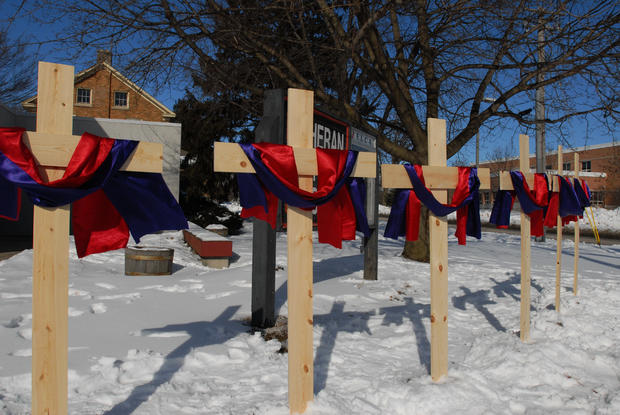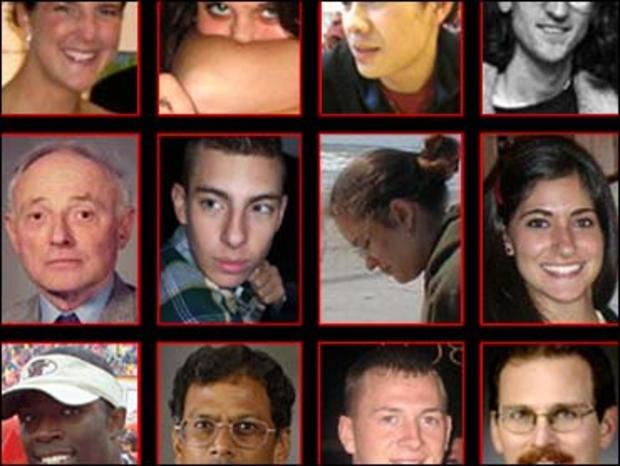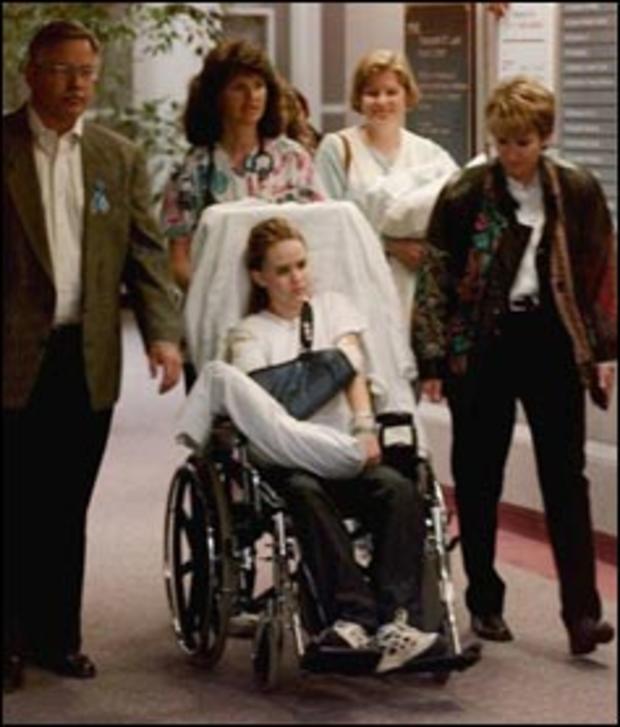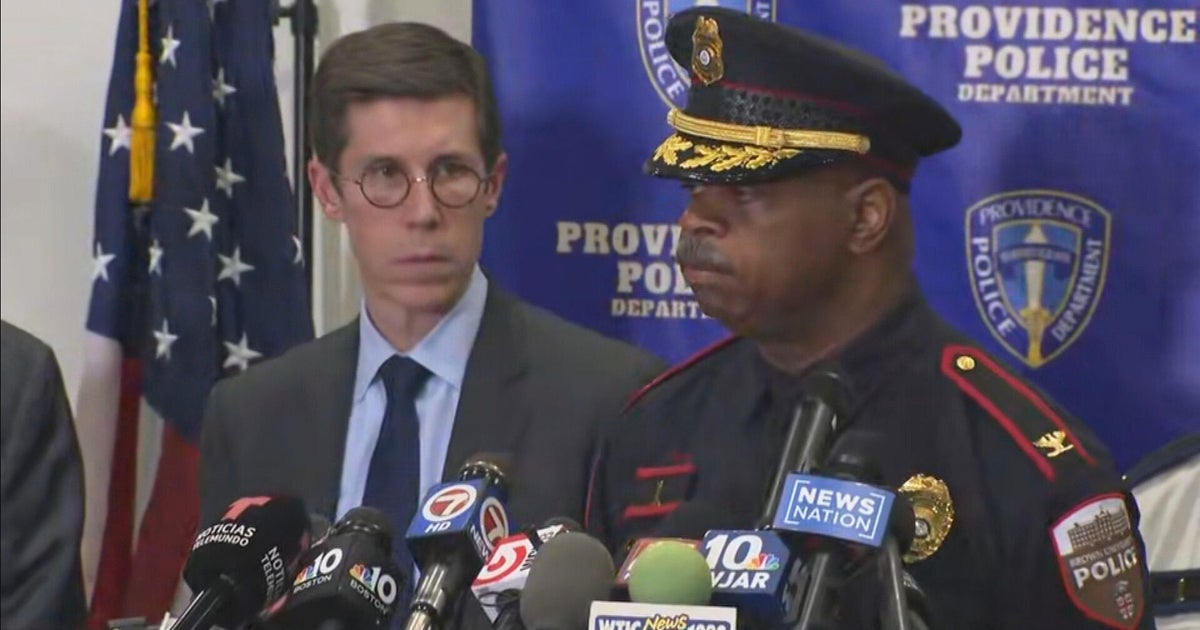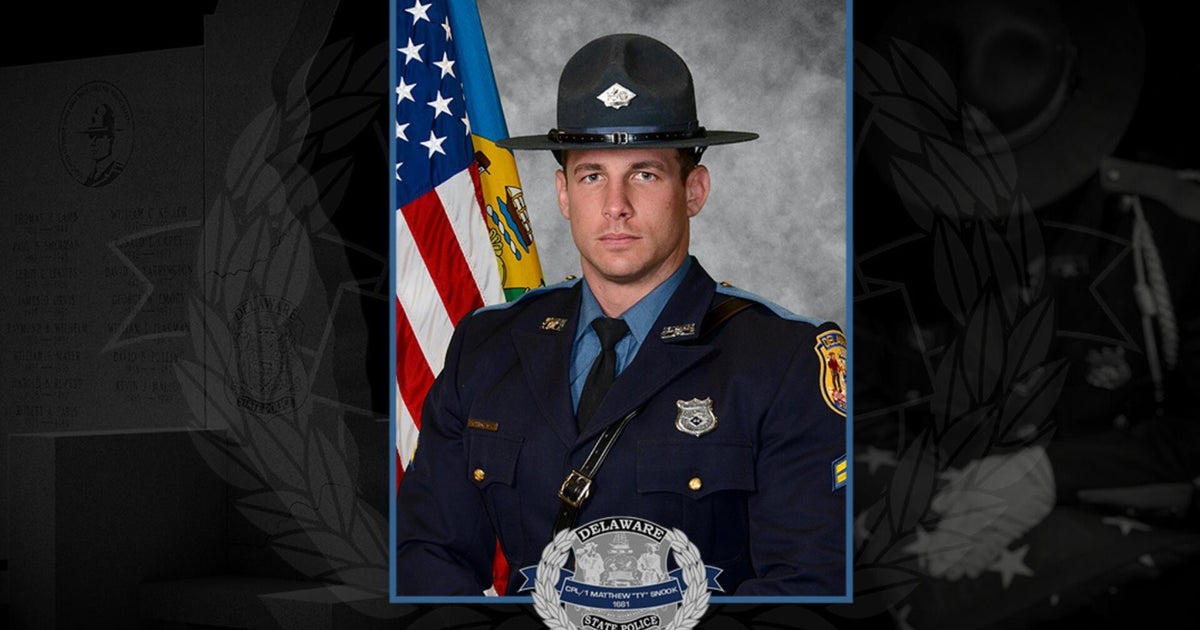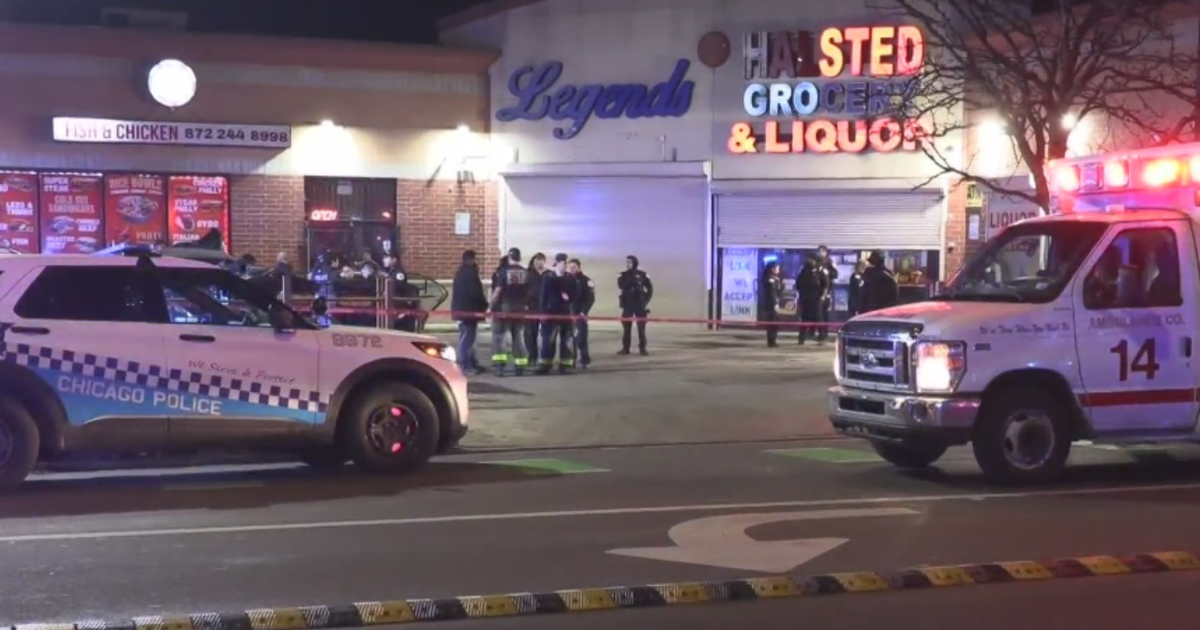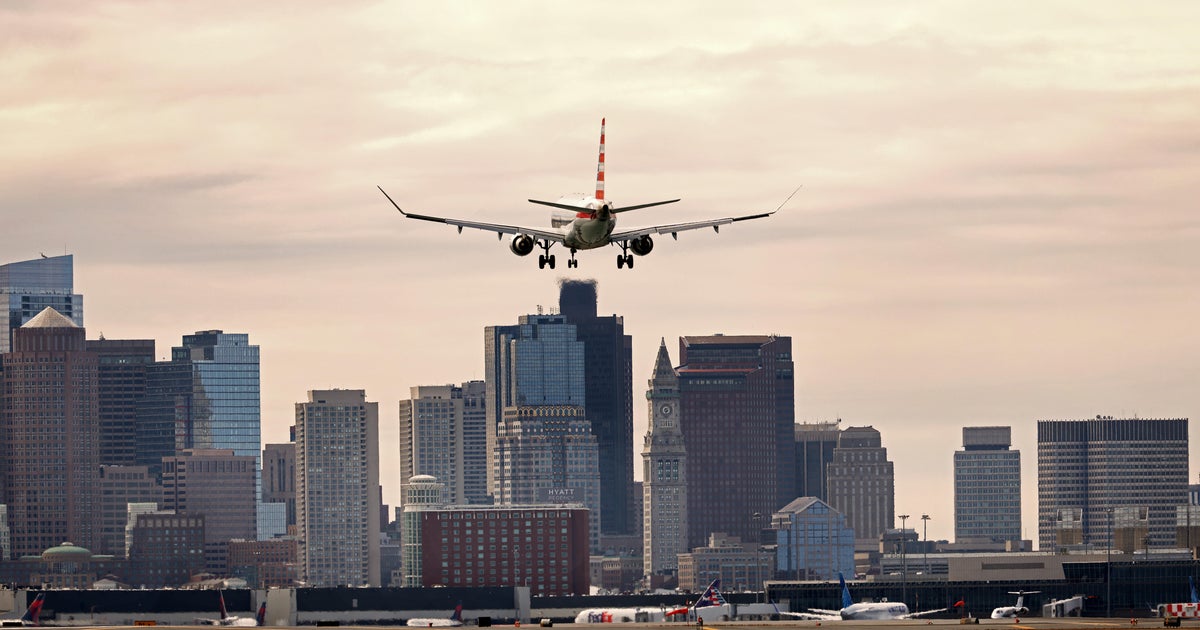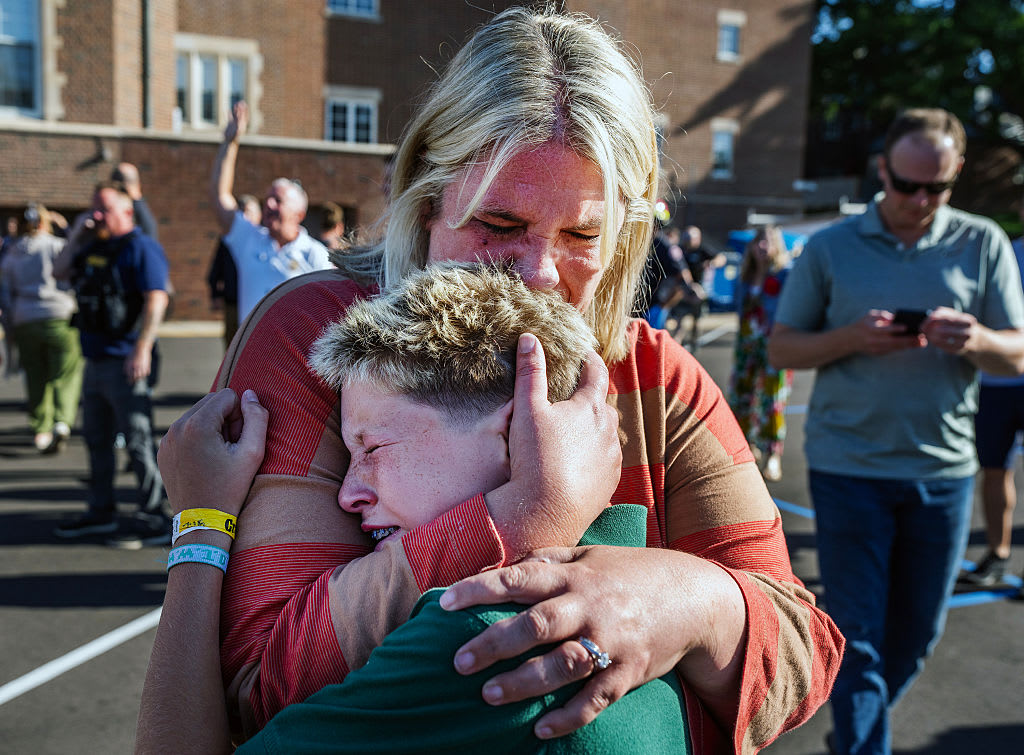America's mass shootings
In recent years, America has been plagued by a seemingly endless barrage of catastrophic mass shootings, fueling questions about gun control, mental health, bullying, school safety, and Congressional inaction. A 2014 FBI study found that mass shootings are actually on the rise; a fact that explains why they seem to have become a fixture of American life.
Pictured: People run from the Route 91 Harvest country music festival after a shooter began firing from the 32nd floor of the nearby Mandalay Bay Hotel and Casino, October 1, 2017 in Las Vegas, Nevada. When police entered the gunman's hotel room, they discovered Stephen Craig Paddock, 64, had killed himself.
At least 58 people were killed and more than 500 injured, in what was the deadliest mass shooting in U.S. history.
Orlando Workplace Shooting
On June 5, 2017, a lone gunman returned with a semi-automatic pistol to the Orlando awning factory where he was fired in April and methodically killed five people, before killing himself at the sound of an approaching siren. Sheriff Jerry Demings identified the shooter as John Robert Neumann Jr., a 45-year-old Army veteran.
"My experience tells me that this individual made deliberate thought to do what he did today," the sheriff said. "He had a plan of action. We have information that at least one of (the victims), he had a negative relationship with. He was certainly singling out the individuals he shot."
"Most of the victims were shot in the head; some were shot multiple times," the sheriff added.
Neumann's previous criminal record was otherwise minor (marijuana possession and driving under the influence), and a co-worker he allegedly beat up three years ago was not among the victims.
Fort Lauderdale Airport Shooting
On January 6, 2017, a gunman opened fire in the baggage claim area at the Fort Lauderdale-Hollywood International Airport, killing five people and wounding eight before being taken into custody. An additional 37 people were injured as a panicked crowd fled the scene. The gunman was identified as Esteban Santiago-Ruiz, 26. He was later indicted on 22 federal charges.
Pictured: People stand on the tarmac after a shooter opened fire inside a terminal of the airport, in Fort Lauderdale, Fla.
In November 2016, Santiago-Ruiz had walked into an FBI office in Anchorage and claimed he was being forced to fight for the Islamic State of Iraq and Syria (ISIS), law enforcement sources told CBS News. He also said his mind was being controlled by the CIA to watch ISIS videos, sources said. He was sent to a psychiatric hospital after police were called, sources said.
Cascade Mall Shooting
On September 24, 2016, a gunman opened fire in a Macy's store at the Cascade Mall in Burlington, Washington, about 60 miles north of Seattle, killing four women. A male shooting victim later died in a Seattle hospital.
Arcan Cetin, the 20-year-old suspect, said nothing and appeared "zombie-like" when he was arrested by authorities nearly 24 hours later following an intense manhunt.
On April 17, 2017, Cetin was found dead in his cell, an apparent suicide.
Ambush of Dallas Police
On July 7, 2016, a sniper targeted Dallas Police officers at the conclusion of a peaceful march, in which demonstrators were protesting fatal police shootings in Minnesota and Louisiana.
Armed with an assault rifle, Micah Johnson took multiple positions as he fired. Five Dallas police officers were killed and another nine were injured. Two civilians were also hurt.
Hours later, authorities used a bomb-carrying robot to kill him.
Ambush of Dallas Police
Micah Johnson, the Army reservist who killed five Dallas police officers and wounded nine others, showed symptoms of post-traumatic stress disorder after returning home from Afghanistan in 2014, but doctors concluded that he presented no serious risk to himself or others, according to documents from the Veterans Health Administration.
Johnson had sought treatment for anxiety, depression and hallucinations, telling doctors that he experienced nightmares after witnessing fellow soldiers getting blown in half. He also said he heard voices and mortars exploding, according to the documents obtained by The Associated Press under the Freedom of Information Act.
Dallas Police Funeral
2016 saw an increase in the number of police officers killed in the line of duty. While some of the 135 officers who lost their lives died in traffic accidents, nearly half were shot to death; that's a 56 percent increase in shooting deaths over the previous year.
Of the 64 who were fatally shot, 21 were killed in ambush attacks often fueled by anger over police use of force involving minorities.
Orlando nightclub shooting
In the early hours of June 12, 2016, a gunman opened fire at the Pulse nightclub in Orlando, Florida, leaving at least 49 people dead and 53 more injured.
Here, Orlando Mayor Buddy Dyer, center right, and Orlando Police Chief John Mina, center left, arrive to a news conference after a fatal shooting at nightclub, Sunday, June 12, 2016.
San Bernardino shooting
On December 2, 2015, gunmen opened fire at the Inland Regional Center in San Bernardino, California, killing an estimated 14 people and wounding more than a dozen others, in the fourth deadliest U.S. shooting of the last 20 years.
San Bernardino shooting
The Inland Regional Center provides social services for children and adults with intellectual and developmental disabilities. The facility's conference center, which was hosting a banquet for the San Bernardino County Department of Public Health, was targeted in the attack, officials said.
San Bernardino Police Department Chief Jarrod Burguan said preliminary information is that three suspects entered the building with long guns and opened fire. They are still at large and may have fled the scene in a dark-colored SUV.
Virginia Beach shooting
Twelve people were killed and several more were wounded when a city employee opened fire at a municipal building in Virginia Beach on June 2, 2019. Almost all of the victims were city workers. The gunman, later identified as Dewayne Craddock, 40, died after a long gun fight with police.
Virginia Beach shooting
Virginia Beach city employees had received active shooter training before the deadly attack at their workplace.
"They train you on these situations," said John Dudley, who worked in the building but had left before the shooting started. "That helped a lot with this."
Planned Parenthood shooting
On November 27, 2015, two civilians and one police officer were killed when an accused gunman allegedly opened fire at a Planned Parenthood facility in Colorado Springs, Colorado. Nine others -- five police officers and four civilians -- were wounded in the shooting.
Authorities identified the suspect as Robert Lewis Dear of North Carolina. And investigators are working off the theory that he specifically targeted Planned Parenthood as some form of violent protest against the organization, sources told CBS News justice correspondent Jeff Pegues.
Planned Parenthood shooting
In a statement, Planned Parenthood of the Rocky Mountains said the organization didn't know whether its clinic was the target of the attack.
"We share the concerns of many Americans that extremists are creating a poisonous environment that feeds domestic terrorism in this country," the statement said. "We will never back away from providing care in a safe, supportive environment that millions of people rely on and trust."
Umpqua Community College
On October 1, 2015, 26-year-old Chris Harper Mercer opened fire at Umpqua Community College, a small campus of some 3,000 students, about 180 miles south of Portland, Oregon. He killed nine people and injured nine others, three critically, before being killed himself in a shootout with police. Mercer owned thirteen guns at the time of the shooting, all of which were purchased legally.
Umpqua Community College
Survivors of the shooting at Umpqua say the killer asked people if they were Christians, then killed the ones who said yes. While investigators have yet to determine Mercer's motive, posts on an online blog that appears to be his reference multiple shootings, including one in Virginia in August 2015 that left a television news reporter and cameraman dead.
Of that shooter, Mercer apparently wrote, "I have noticed that so many people like [him] are alone and unknown, yet when they spill a little blood, the whole world knows who they are."
Chattanooga shootings
On July 16, 2015, a gunman unleashed a barrage of gunfire at two military facilities in Chattanooga, Tennessee, killing four Marines and wounding two other service members and a police officer.
The shooting suspect was later identified as 24-year-old Mohammod Youssuf Abdulazeez. According to a U.S. law enforcement source, Abdulazeez was born in Kuwait and came to the United States in 1996.
Chattanooga shootings
On the day of the shooting, President Obama called the deaths "a heartbreaking circumstance" to lose military personnel who served "with great valor."
Gunnery Sgt. Thomas J. Sullivan, seen here at center, was deployed twice during the Iraq War and received two Purple Hearts. Lance Cpl. Squire Wells (second from right) was in his early 20s and text messaging with his girlfriend of 2 1/2 years, just moments before he was shot. Staff Sgt. David A. Wyatt, seen here at right, survived two tours in Iraq and one in Afghanistan, before being gunned down in his homeland... and those are just a few glimpses into the lives tragically cut short that day.
Charleston Church shooting
On June 17, 2015, a white man opened fire at the Emanuel AME Church in Charleston, South Carolina, killing nine African-Americans, including a pastor, during a prayer meeting.
Charleston Church shooting
Pictures of the alleged shooter, Dylann Roof, then surfaced with the suspect posing next to the Confederate flag. The presumed racial hate crime then ignited a national debate over the continued presence of Confederate imagery in the American South and its effect on the larger culture.
Isla Vista rampage
According to his rambling, 137-page manifesto titled "My Twisted World," 22-year-old Elliot Rodger was determined to wage a "Day of Retribution" against women. So, on May 23, 2014, he began a bloody spree across the college community of Isla Vista, ultimately killing six students from the University of California, Santa Barbara, and injuring 13 others, before taking his own life.
Of the 13 people injured, eight were wounded by gunshots, four from being hit by Rodgers' BMW.
Isla Vista rampage
Just hours before the rampage, Rodger -- the son of a Hollywood director who worked on "The Hunger Games" -- posted a disturbing video to YouTube, warning that he intended to slaughter people living good lives, especially women who had shunned him.
Following the Isla Vista rampage, Rodger's misogynistic motivations inspired the grassroots #YesAllWomen social media campaign, in which women across the globe shared their personal stories of discrimination and harassment to raise awareness for sexism.
Washington Navy Yard shooting
On September 16, 2013, a 34-year-old man, named Aaron Alexis, opened fire inside the Washington Navy Yard, killing 12 and getting killed in the subsequent shootout with police.
Here, Alexis is seen on surveillance footage in a hallway of building 197 carrying the Remington 870 shotgun he used to carry out the attacks.
Sandy Hook Elementary
On the morning of December 14, 2012, 20-year-old Adam Lanza shot his mother Nancy multiple times, while she was in bed at their home. Lanza then took four guns -- legally registered to his mother -- and drove to Sandy Hook Elementary School, about five miles away in Newtown, Connecticut. Students there had just finished reciting the Pledge of Allegiance, and the building's doors had been locked.
It is the third most deadly shooting in U.S. history to date with 27 people killed, including 20 children.
Sandy Hook victims
Lanza shot through the glass of one of the school's doors and entered the building carrying a Bushmaster AR-15 assault rifle, with two semi-automatic handguns inside the pockets of his military-style cargo pants. Police say he was also carrying hundreds of rounds of ammunition in multiple magazines.
Lanza headed toward the section of the school containing the classrooms of the youngest students. Once there, he killed 20 first graders and six adult women, before taking his own life.
Newtown shooting
Before killing 26 people at Sandy Hook Elementary School in Newtown on December 14, 2012, Adam Lanza enrolled in classes at Western Connecticut State University. This chilling photo served as his school ID.
Several months after the shooting, CBS News obtained his college records. When asked his gender, Lanza wrote "I choose not to answer." When asked to describe himself, he wrote the same.
Chardon High School
On February 27, 2012, 17-year-old T.J. Lane walked into the cafeteria at his Ohio high school and opened fire, killing three of his fellow male students. He injured three more, leaving one student permanently paralyzed. Later, in custody, Lane admitted to the shooting, but said he didn't know why he did it.
Chardon High School
Here, Lane smirks as he listens to the judge during his sentencing. He was given three lifetime prison sentences without the possibility of parole, despite evidence that he suffers from hallucinations, psychosis and fantasies.
Lane attended his sentencing in a white t-shirt with the word, "killer," scribbled on its front.
Colorado Theater shooting
On July 20, 2012, a gunman dressed in tactical clothing opened fire in a midnight screening of "The Dark Knight Rises" at a movie theater in Aurora, Colorado. The carefully planned and merciless attack was carried out against hundreds of defenseless moviegoers of all ages. Six-year-old Veronica Moser-Sullivan was the youngest of the victims. Family members said her life was cut short just days before she was scheduled to learn how to swim.
The shooter, James Holmes, set off tear gas grenades and shot into the movie theater audience with multiple firearms, killing 12 people and injuring 70.
In August 2015, Holmes, who suffers from schizophrenia, was convicted of first-degree murder and 140 counts of attempted first-degree murder. A judge formally sentenced him to life in prison without parole. The jury could not unanimously agree as to whether Holmes should get the death sentence.
Fort Hood shooting
On November 5, 2009, army psychiatrist Maj. Nidal Malik Hasan opened fire at the Fort Hood military base in Texas, killing 13 people and injuring 32 others.
Here, a family member touches the picture of a fallen soldier during a memorial in honor of those thirteen victims.
LA Fitness shooting
On August 4, 2009, George Sodini walked into a Pennsylvania health club, shut off the lights, pulled out two guns, calmly fired into an aerobics class full of women, and then killed himself. Three women died and nine others were injured during his rampage.
Sodini left behind a disturbing website and two YouTube videos that show he was embittered by his decades-long inability to attract the opposite sex.
Northern Illinois University
On February 14, 2008, 27-year-old former student Steven Kazmierczak opened fire in a lecture hall at Northern Illinois University, fatally shooting five students and wounding 18 others, before committing suicide. Police said Kazmierczak had become erratic after he stopped taking some kind of medication, shortly before the shooting.
Here, five crosses are planted on the campus of Northern Illinois University in DeKalb, Illinois, representing the five victims of the rampage.
Virginia Tech shooting
On April 16, 2007, a gunman opened fire at Virginia Tech University, killing 32 people and injuring 17 others, before turning the gun on himself. Six further people were injured attempting to escape from classroom windows.
Known as the Virginia Tech Massacre, it was the deadliest shooting incident by a single gunman in history until the Pulse nightclub shooting on June 12, 2016.
Virginia Tech shooting
Seung-Hui Cho, a senior at the university, carried out two separate attacks at opposite ends of Virginia Tech's 2,600-acre campus, about two hours apart. First, he opened fire at West Ambler Johnston, a coed dormitory that houses 895 people. Then, he opened fire at Norris Hall, an engineering and general classroom building about a half-mile away.
The shootings spread panic and confusion on campus. Witnesses reported students jumping out the windows of a classroom building to escape gunfire. SWAT team members with helmets, flak jackets and assault rifles swarmed over the campus. Students and faculty members carried out some of the wounded themselves, without waiting for ambulances to arrive.
Red Lake High School
On March 21, 2005, 16-year-old Jeff Weise killed 9 people in Red Lake, Minnesota, including his grandfather, five students at Red Lake High School, a teacher and a security officer. Weise then killed himself.
Columbine massacre
On April 20, 1999, two seniors at Colorado's Columbine High School murdered 12 of their fellow students and a teacher attempting to warn others.
18-year-old Eric Harris filled several duffel bags with bombs and rigged his trenchcoat with weapons. He and his accomplice, Dylan Klebold (seen here carrying a TEC-9 semi-automatic pistol in the school's cafeteria) then executed a highly planned attack, involving over 100 explosive devices in addition to the shootings, intended to maximize carnage and divert first responders.
Columbine massacre
In the end, Harris and Klebold killed 13 people and wounded 21, before killing themselves in the school's library.
Here, 17-year-old Kacey Ruegsegger, one of those wounded, is wheeled out of a Denver hospital. She was shot in the shoulder during the massacre.
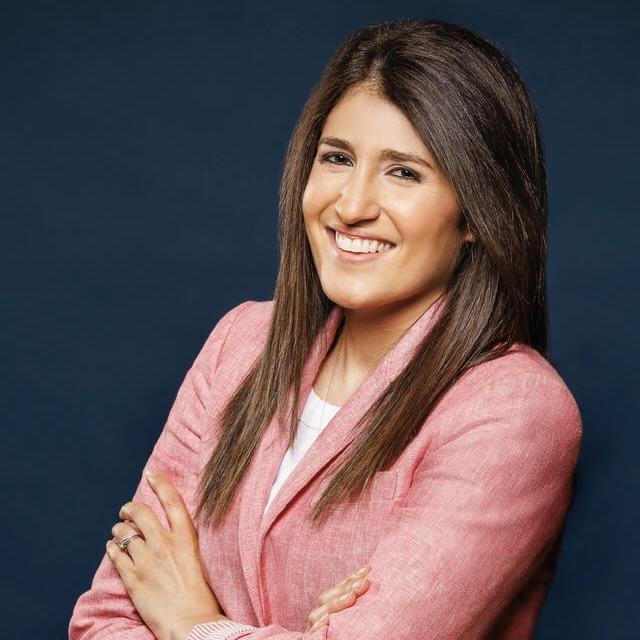


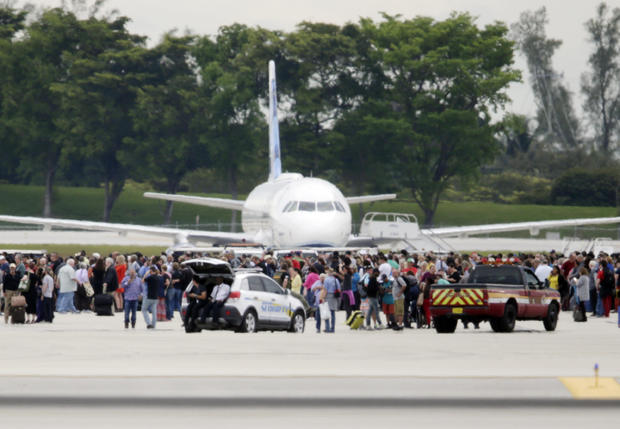
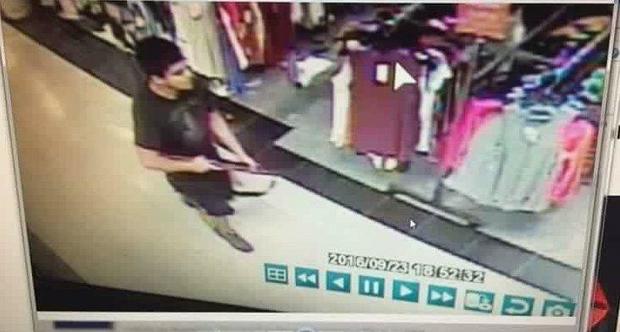
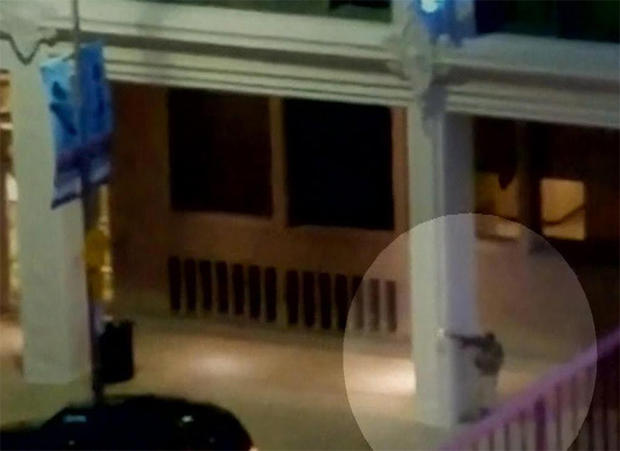
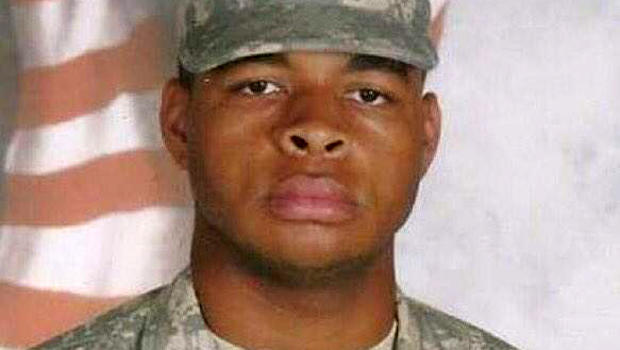

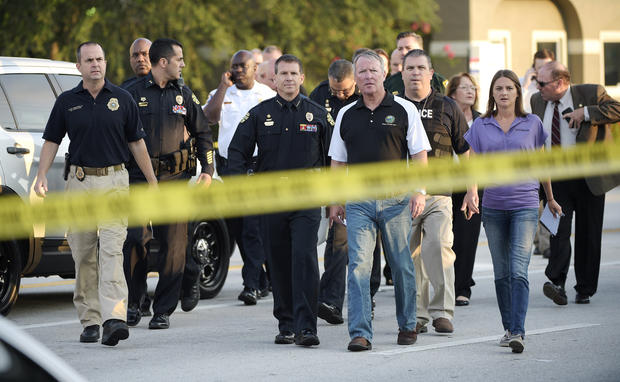
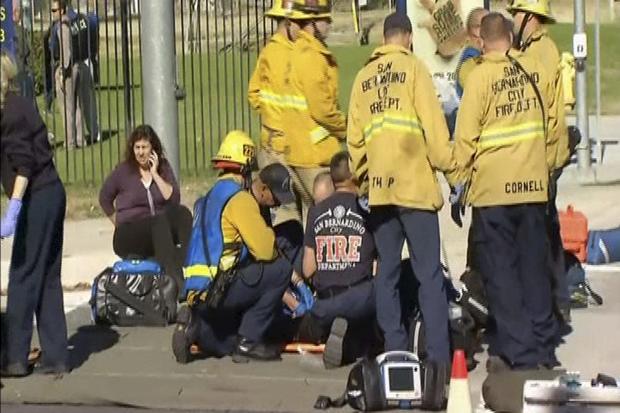
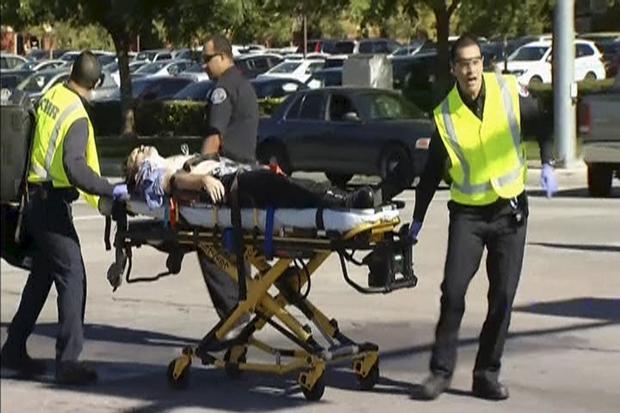
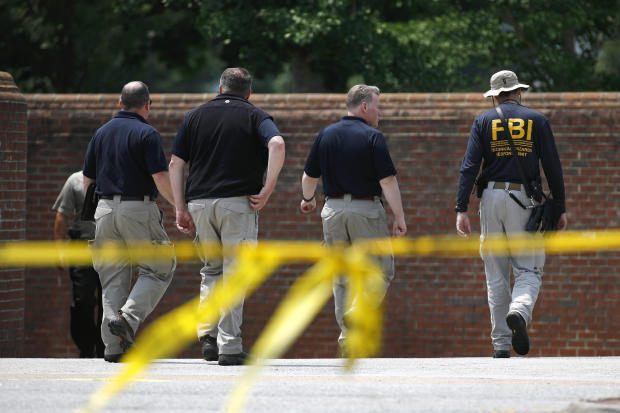
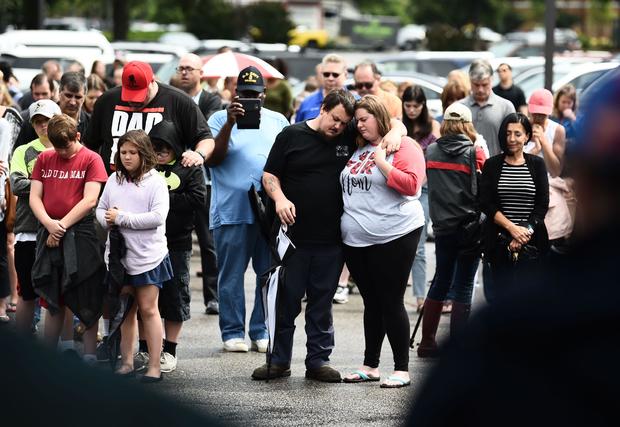
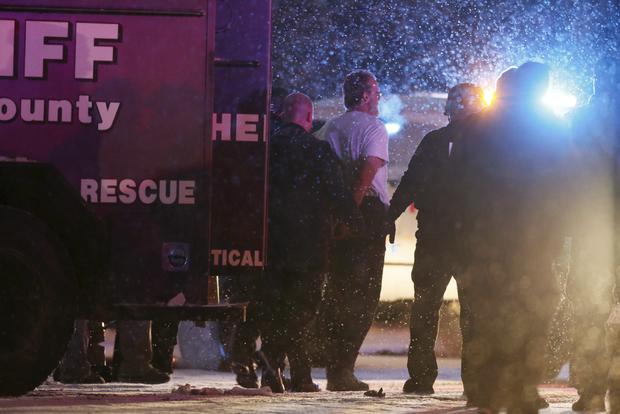
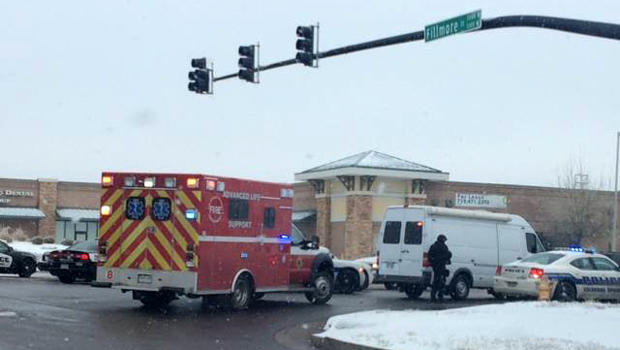
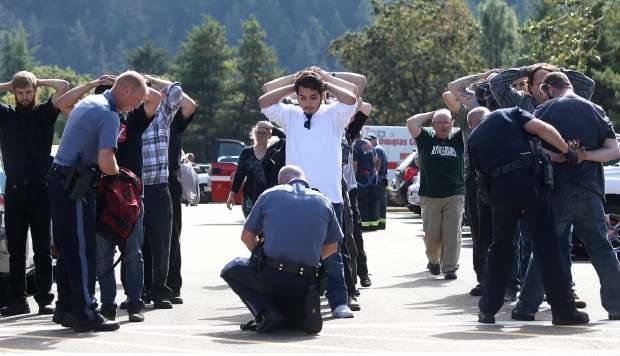
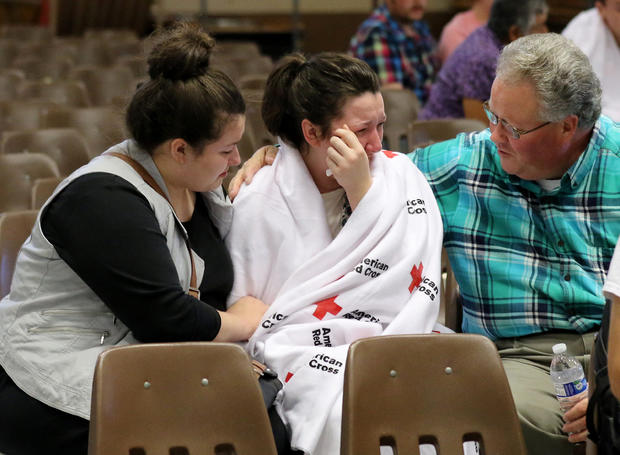
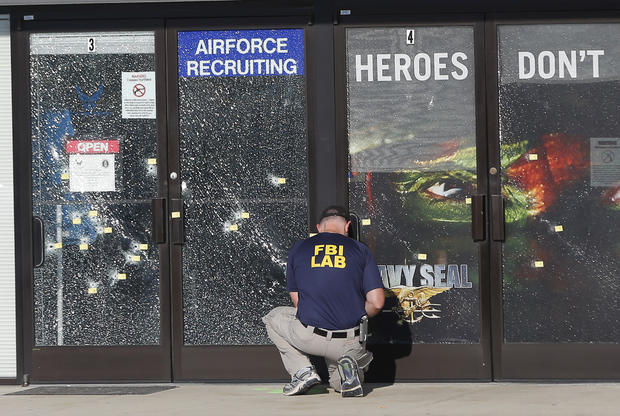
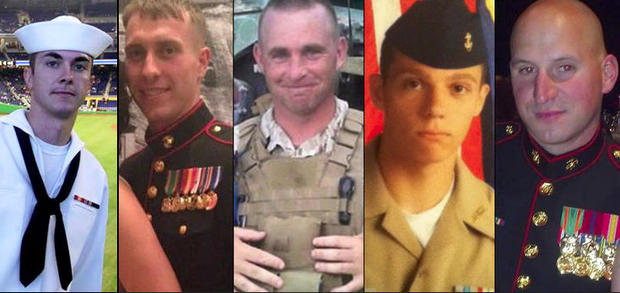

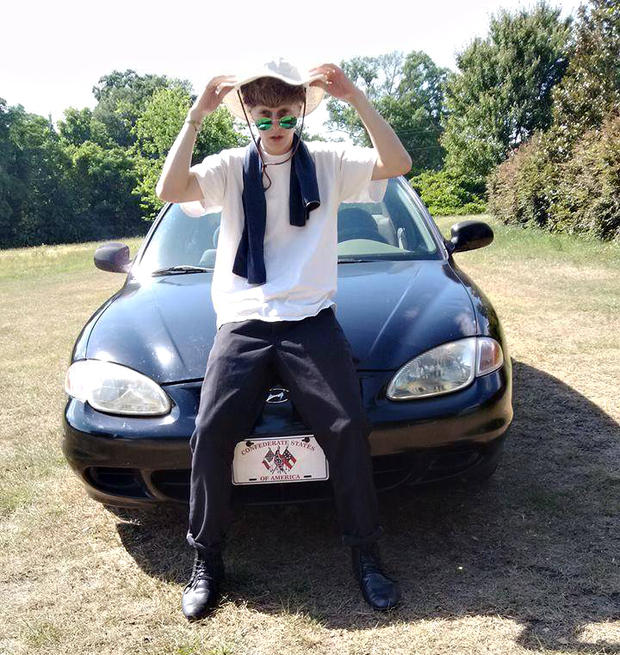

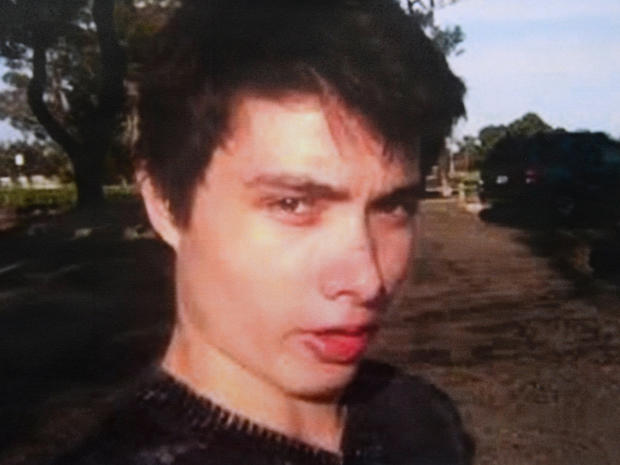


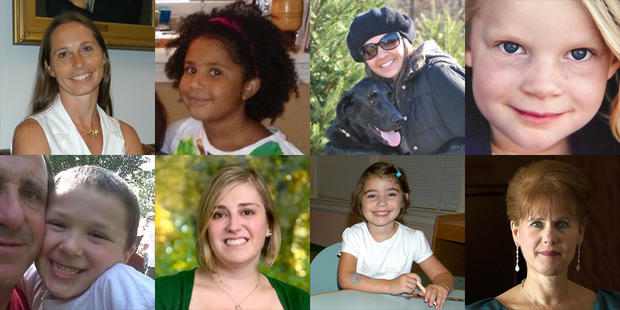
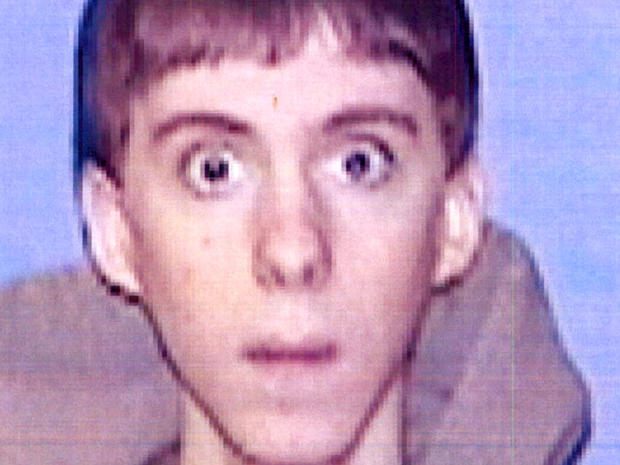
.jpg#)
